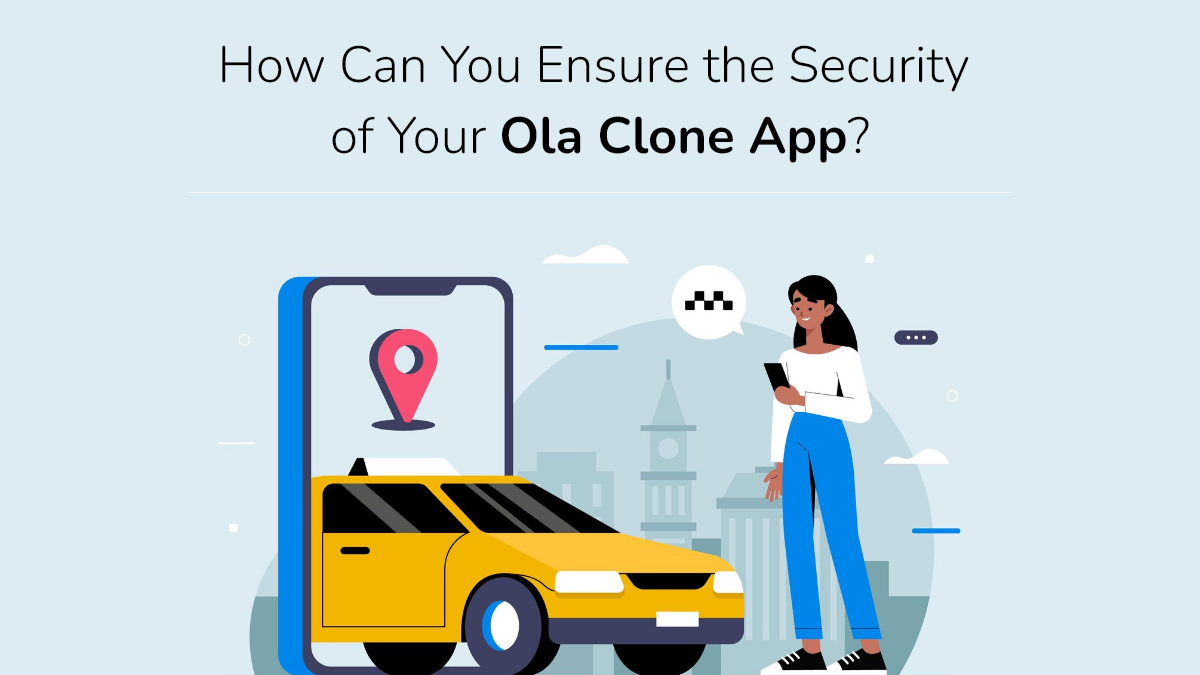Security is paramount when it comes to developing a ride-hailing app like Ola. Ensuring the safety of user data, financial transactions, and overall platform integrity is crucial for building trust among users. Here are some strategies to help you enhance the security of your Ola clone app:
1. Secure Authentication and Authorization
Implement strong authentication mechanisms to prevent unauthorized access to user accounts. Utilize multi-factor authentication (MFA) methods such as SMS verification, email verification, or biometric authentication to enhance security. Additionally, ensure that user sessions are securely managed and expire after a reasonable period of inactivity.
2. Data Encryption
Encrypt sensitive data such as user credentials, payment information, and personal details both in transit and at rest. Utilize industry-standard encryption algorithms like AES (Advanced Encryption Standard) to protect data integrity and confidentiality. By encrypting data, you can safeguard it from unauthorized access and mitigate the risk of data breaches.
3. Secure Payment Gateway Integration
Integrate a reliable and PCI-compliant payment gateway to handle financial transactions securely. Ensure that the payment gateway adheres to industry standards for data security and compliance. Implement tokenization techniques to replace sensitive card information with tokens, reducing the risk of payment fraud and enhancing user trust in the platform.
4. Regular Security Audits and Penetration Testing
Conduct regular security audits and penetration testing to identify and address potential vulnerabilities in your app. Collaborate with cybersecurity professionals to perform comprehensive assessments of your app's security posture. Address any identified vulnerabilities promptly and implement robust security measures to mitigate risks effectively.
5. User Privacy Protection
Respect user privacy by implementing stringent privacy policies and data protection measures. Clearly communicate how user data is collected, stored, and used within the app. Obtain explicit consent from users before accessing their personal information and adhere to relevant data protection regulations such as GDPR (General Data Protection Regulation) or CCPA (California Consumer Privacy Act).
6. Secure Communication Channels
Ensure that all communication channels within your app, including in-app messaging and voice calls, are encrypted to prevent eavesdropping and interception of sensitive information. Implement secure communication protocols such as HTTPS (Hypertext Transfer Protocol Secure) to encrypt data transmitted between the app and backend servers.
7. Regular Software Updates and Patch Management
Keep your app and underlying software dependencies up-to-date by applying security patches and software updates promptly. Regularly monitor for security vulnerabilities in third-party libraries and dependencies used in your app. Patch any identified vulnerabilities promptly to minimize the risk of exploitation by malicious actors.
8. Role-Based Access Control (RBAC)
Implement role-based access control mechanisms to limit access to sensitive features and functionalities within your app. Define different user roles (e.g., admin, driver, passenger) and assign appropriate permissions based on their roles and responsibilities. This helps prevent unauthorized access to critical app resources and data.
9. Secure Backend Infrastructure
Ensure that your backend infrastructure is securely configured and hardened against common security threats. Implement firewall rules, intrusion detection systems (IDS), and security monitoring tools to detect and mitigate potential security breaches. Regularly audit and review access controls and permissions to prevent unauthorized access to backend systems.
10. Employee Training and Awareness
Educate your development team and employees about security best practices and protocols. Conduct regular security awareness training sessions to raise awareness about common security threats and vulnerabilities. Encourage employees to report any suspicious activities or security incidents promptly.
In conclusion, ensuring the security of your Ola clone app requires a multi-layered approach encompassing various security measures and best practices. By prioritizing security throughout the development lifecycle and adopting a proactive stance towards security, you can build a secure and trustworthy ride-hailing platform that protects user data and fosters user trust and confidence in your app.


